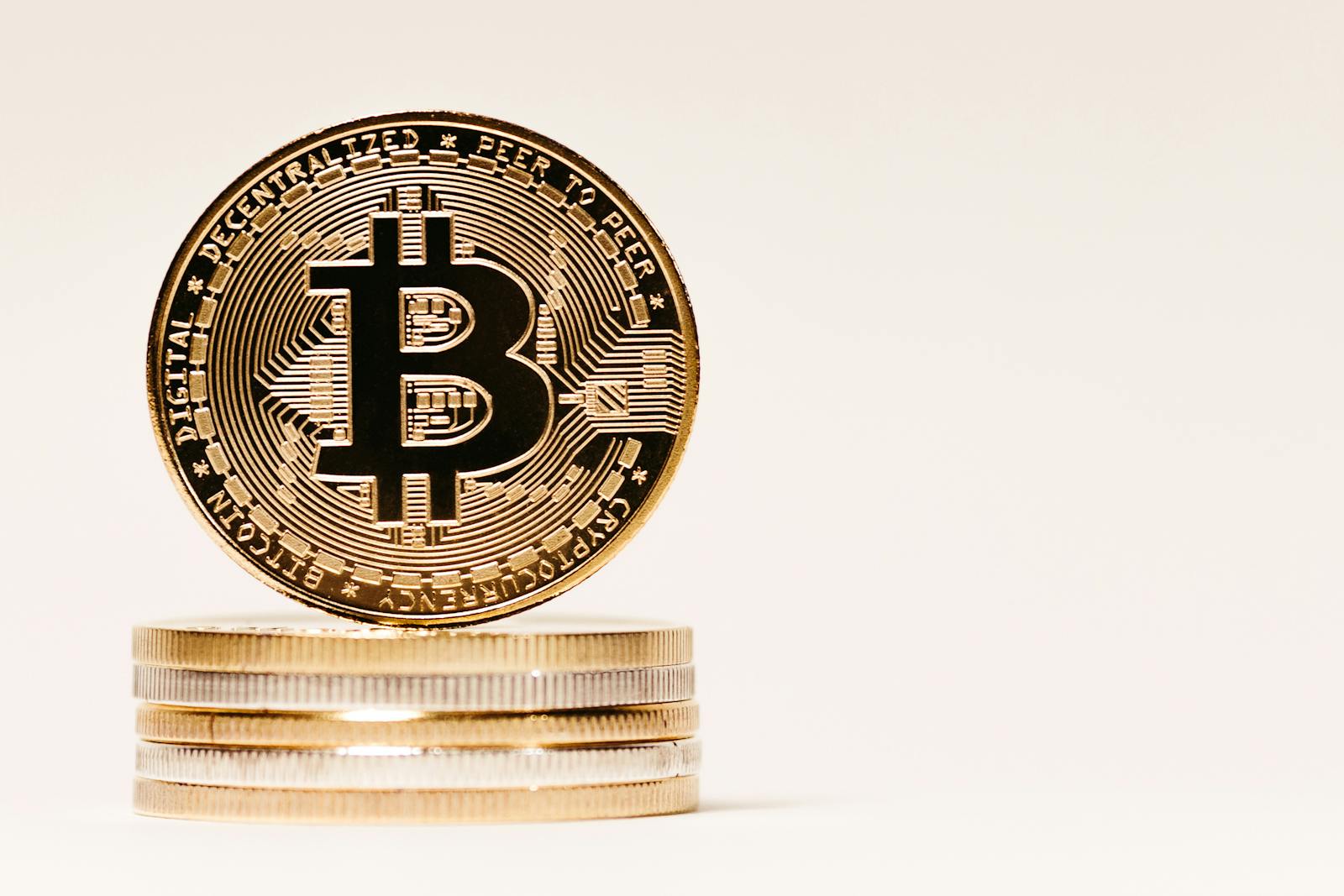How to Spot a Rug Pull in DeFi – Protecting Your Investments from Fraud
In the rapidly evolving world of decentralized finance (DeFi), understanding how to spot a rug pull in DeFi is crucial for investors seeking to secure their assets against fraud. Rug pulls have become a significant concern, as they can lead to devastating losses for unsuspecting participants. In this blog post, we will explore the telltale signs of rug pulls, strategies to avoid them, and how to navigate the complex DeFi landscape with confidence.
The Rise of DeFi and the Emergence of Rug Pulls
Decentralized finance has grown exponentially in recent years, offering innovative financial products and services without intermediaries. This paradigm shift allows individuals to lend, borrow, and trade cryptocurrencies in a peer-to-peer manner using smart contracts on blockchain networks. However, this accessibility also opens the doors to malicious actors eager to exploit unsuspecting investors.
Rug pulls occur when developers create a cryptocurrency project, attract investments, and then withdraw all funds, leaving investors with worthless tokens. Understanding the rise of rug pulls requires examining their origins and the factors contributing to their prevalence in the DeFi space.
The Evolution of the DeFi Landscape
The evolution of the DeFi landscape has been marked by the emergence of various protocols, each promising lucrative returns and novel financial opportunities.
- Token Launches: Many projects launch their tokens with little more than a whitepaper and marketing hype.
- Yield Farming and Liquidity Mining: These incentives attract users to provide liquidity, often leading them to invest in projects without thorough vetting.
As DeFi becomes mainstream, the rush to capitalize on emerging opportunities puts pressure on developers—some yielding to unethical practices like rug pulls.
Factors Contributing to Rug Pulls
Several factors contribute to the frequency of rug pulls in the DeFi ecosystem:
- Lack of Regulation: The absence of regulatory oversight makes it easy for rogue developers to disappear after launching a project.
- Anonymity of Developers: Many DeFi projects are launched by anonymous teams, making it difficult for investors to assess their credibility.
- High Reward Culture: Investors often chase high yields and quick profits, overlooking due diligence in their quest for financial gains.
By understanding these factors, investors can be more vigilant and better equipped to identify potential rug pulls.
Popular Examples of Rug Pulls
To further illustrate the issue, let’s take a look at notable examples of rug pulls that have occurred in the DeFi space:
- BSC-based Projects: Numerous projects launched on Binance Smart Chain experienced rug pulls, leading to millions of dollars lost by investors.
- Ethereum Protocols: Similarly, Ethereum-based projects have witnessed their creators vanish with investors’ funds, illustrating the need for caution.
These cases highlight the importance of knowing how to spot a rug pull in DeFi before investing.
Key Indicators of a Potential Rug Pull
Identifying a rug pull before it happens can save you from financial ruin. Here are some key indicators to watch for when evaluating a DeFi project.
Team Transparency and Reputation
A transparent and reputable team is often the backbone of any successful DeFi project.
- Do Your Research: Investigate the backgrounds of the project’s founders and developers. Are they known figures in the crypto community? Have they worked on successful projects before?
- Social Media Presence: Check their social media profiles and activity. An authentic, engaged presence usually indicates a trustworthy team.
- Community Feedback: Engage with the community around the project through forums and social platforms. The sentiment of existing investors can provide valuable insights into the project’s legitimacy.
If a project lacks identifiable team members or has dubious credentials, it may signal risk.
Audit Reports and Code Validations
Security audits are essential in ensuring the integrity of DeFi projects.
- Importance of Audits: Reputable projects undergo third-party audits to validate their smart contracts. A lack of an audit raises red flags about a project’s security.
- Reading Audit Reports: When available, read the audit report thoroughly. Look for critical issues flagged by the auditors and how the project plans to address them.
- Check Audit Firms: Use well-known audit firms like Certik or SlowMist for your evaluations. Their involvement can add a layer of trustworthiness to a project.
Projects that skip audits or present poorly-executed reports might be hiding malicious intentions.
Tokenomics and Liquidity Structure
Understanding the tokenomics of a project can help you determine its sustainability.
- Liquidity Lock-In: Legitimate projects lock up liquidity for a certain period to ensure stability. Check if the project has locked liquidity on platforms like Unicrypt or Team Finance.
- Token Distribution: Review how tokens are distributed among the team, investors, and the community. If a large percentage is allocated to the founding team, it could indicate a potential for manipulation.
- Burn Mechanisms and Incentives: Genuine projects often have mechanisms aimed at creating value over time, such as token burns. Absence of these features can indicate a profit-extraction focus.
Evaluating tokenomics meticulously can reveal whether a project is built to last or just designed for a quick exit.
Community Engagement and Activity
A thriving community plays a crucial role in the success of a DeFi project.
- Active Discussion Groups: Check platforms like Telegram and Discord for active discussion groups. A well-engaged community often reflects transparency and mutual interest.
- Project Roadmap Updates: Regular updates on milestones demonstrate accountability. Lack of communication may indicate negligence or ulterior motives.
- User Sentiment: Gauging community sentiment towards the project can reveal underlying issues. High levels of skepticism or fear might suggest something is amiss.
Paying attention to community dynamics helps alert you to potential risks associated with a project.
Price Movements and Trading Volume Analysis
Analyzing price movements and trading volume can provide insight into market behavior.
- Unusual Price Volatility: Watch for sudden spikes in price, especially if not accompanied by legitimate news or developments. Such movements may signal manipulation.
- Trading Volume Patterns: Low trading volumes compared to sudden price movements can indicate artificial inflation. High volumes without corresponding demand could also be signs of trouble.
- Market Cap Changes: Abrupt changes in market capitalization should be scrutinized. Rapid decreases may be indicative of a rug pull unfolding.
Utilizing comprehensive technical analysis can help protect your assets and identify concerning trends before it’s too late.
Strategies to Protect Yourself from Rug Pulls
Knowing how to spot a rug pull is essential, but implementing protective strategies is equally important. Here are some effective methods to safeguard your investments in the DeFi landscape.
Diversification of Investments
Spreading your investments across multiple projects can mitigate risks.
- Portfolio Composition: Consider allocating your capital into different DeFi sectors—lending, yield farming, or liquidity provision. This diversification can help cushion against total loss.
- Investing in Established Projects: While high-risk projects can offer enticing rewards, sticking to established projects with proven track records can provide a safety net.
- Regular Portfolio Review: Continually reassess your portfolio based on market conditions and project developments. Be ready to adjust allocations as needed.
Diversifying your investments prudently can significantly reduce your exposure to potential rug pulls.
Staying Informed and Educated
Knowledge is one of the best defenses against falling victim to rug pulls.
- Follow Trusted Sources: Keep yourself updated by following reputable news sources, influencers, and analysts in the DeFi space.
- Attend Workshops and Webinars: Participating in educational events can deepen your understanding and improve your analytical skills regarding DeFi projects.
- Use Analytical Tools: Leverage tools like Dune Analytics or Nansen to analyze on-chain data for deeper insights into a project’s health.
Staying informed not only keeps you aware of new projects but also equips you with the knowledge to make informed decisions.
Utilizing Risk Management Techniques
Risk management is critical in any investment strategy.
- Set Investment Limits: Determine ahead of time the maximum amount you are willing to invest in a single project. This limit protects your overall portfolio from loss.
- Implement Stop-Loss Orders: Use stop-loss orders to automatically sell your assets at predetermined prices, minimizing losses during volatile market conditions.
- Regularly Withdraw Earnings: Instead of leaving profits trapped in a project, periodically withdraw earnings to secure gains.
Effective risk management can help contain potential losses and preserve your capital.
Engaging with the Community and Experts
Connecting with other investors and experts can enhance your decision-making process.
- Participate in Community Discussions: Engage with fellow investors on forums and social media platforms. Sharing experiences and insights can provide valuable perspectives.
- Follow Expert Analysts: Stay updated with analyses from trusted experts who review and rate DeFi projects. Their seasoned opinions can guide your investment decisions.
- Join Local Meetups: Find local blockchain meetups or conferences. Networking with others in the industry can lead to discovering hidden gems or avoiding dangers.
Community engagement can empower you to make informed investment choices while staying grounded in the realities of the DeFi space.
Conclusion
Navigating the DeFi landscape demands vigilance and discernment. Knowing how to spot a rug pull in DeFi is essential to safeguarding your investments. By paying attention to key indicators such as team transparency, tokenomics, and community engagement, you can minimize the risks associated with rug pulls. Implementing protective strategies like diversification and effective risk management enhances your resilience in this unpredictable environment. Ultimately, staying informed and connected within the DeFi community will serve as your best defense against fraudulent activities.








